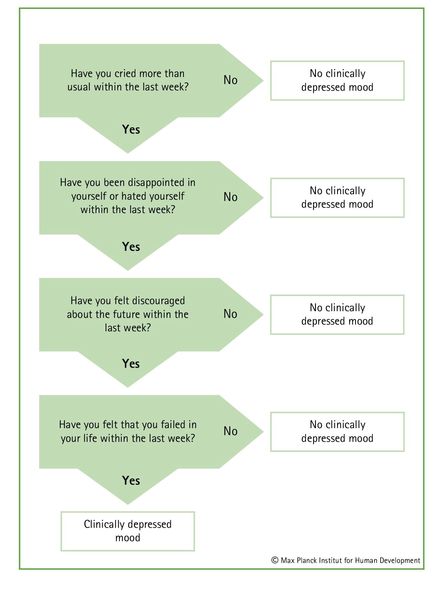Algorithms as decision-making aids can be represented in simple decision trees (also known as fast-and-frugal trees). Simple decision trees resemble hierarchically ordered checklists. On the basis of a few key questions to be answered with yes or no, they quickly lead to a recommended action. The Harding Center conducts research on and develops fast-and-frugal trees for clinical use but also for daily life.
Simple decision trees resemble hierarchically ordered checklists. On the basis of a few key questions to be answered with yes or no, they quickly lead to a recommended action. The yes/no questions are listed in a specific order and ultimately lead to a clear result according to whether the individual criteria apply or not. In this manner, it is possible to make clear recommendations in little time on the basis of a few criteria.

In a decision tree for emergency medicine, each question could tackle, for example, a symptom. If a patient suffers from some of the symptoms, the tree would indicate that the patient is an emergency case. The doctor could then consider what further interventions or tests are necessary. This can be helpful, for example, when doctors need to decide relatively quickly which station to allocate a patient to or which further tests are needed, or in helping patients at home decide on the basis of a minimum number of observed symptoms whether to consult with a doctor.
Decision trees can hence be advantageous to different groups in medicine. As mentioned, they can be used by patients to decide whether they should seek medical help, but also by medical professionals in their first consultation with a patient to rule out particular illnesses or to take the next corresponding steps.
Not all medical scenarios lend themselves to being described perfectly in this way. But in many cases, where time is limited and the most important criteria can be reduced to just a small number of questions, it is possible to make solid decisions using this method. The figure shows an example of a decision tree that family physicians can use to detect clinically relevant depressed mood in women.
